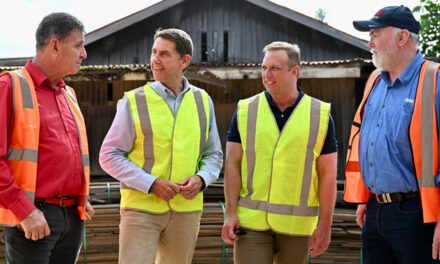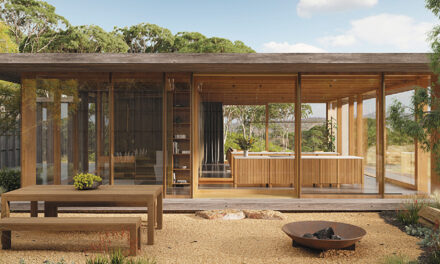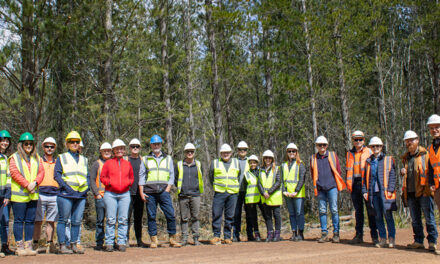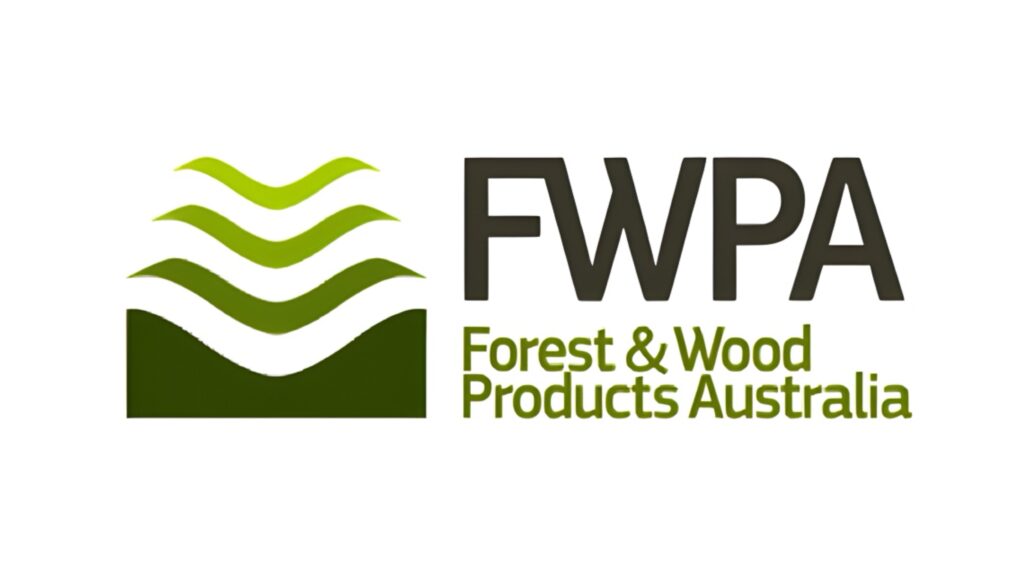LIGHTWEIGHT TIMBER FRAMING PROJECT TO MODERNISE HOUSING CONSTRUCTION
The timber framing industry is on the cusp of a major update, with a collaborative research project led by the University of Tasmania and Forest and Wood Products Australia (FWPA).
The Lightweight Timber Framing project funded by Australian Forest and Wood Innovations (AFWI), is part of a broader ‘Future Framing Initiative’ managed by FWPA.
In partnership with over 20 industry stakeholders and eight universities, the project will provide the research and development background to bring contemporary products and systems into the Australian Standards that allow for streamlined design and approvals, with the goal of accelerating house construction across Australia.
Timber remains the top choice for residential construction, with 80 per cent of new homes in Australia built using timber framing each year.
As a renewable resource, timber also plays a crucial role in the fight against climate change.
The Lightweight Timber Framing project is one of eight selected through AFWI’s inaugural $5 million National Open Call for research, which targets sector challenges and promotes innovation.
This project has received strong backing, with $1.1 million in contributions from industry partners.
“AFWI is very proud to support this exciting and transformative project, it clearly demonstrates the support of industry, federal government and university sector for collaborative research that targets wood-made, carbon-positive solutions for the needs of the Australian community,” AFWI’s Interim Director, Dr Dean Williams said.
“I am really delighted that AFWI is able to support this high-quality project with its enormous potential.
“Being able to connect our current and future researchers with industry to deliver positive environmental, economic and social outcomes right across Australia is core to AFWI’s purpose.“And this is just the start, we have more projects in the pipeline that will deliver positive impacts all along the forestry and forest products value chain.”
“We’re focused on making it easier for builders, designers and engineers to work with lightweight timber framing, ultimately speeding up construction while using our forest resources more effectively. This project is all about productivity, there are other stages still to come in future with more universities collaborating,” Dr Wallis said.
Andrew Dunn, CEO of the Timber Development Association and industry champion for this project, said the current timber framing design and construction practices no longer reflect modern building practices or the use of engineered wood products, making it difficult for timber to remain competitive in the housing market.
“Timber framing is the preferred construction method, but we’re falling behind because builders, carpenters, and engineers need simpler and more straightforward compliance processes,” he said.
“The design and approvals processes are outdated, still based on traditional sawn timber methods, while today’s homes increasingly use engineered wood products. Competing materials don’t face these challenges.”
This research project brings together experts from eight universities and from across the wood products industry with the aim of updating the existing standards to better align with modern construction needs, while ensuring our homes are safe, perform well and are more affordable.
“We’re starting with some straightforward improvements, looking at elements like wall studs, floors, and roofs, and how we can incorporate prefabricated components more effectively on-site,” Dr Wallis said.
“Currently, the construction practices in a deemed-to-satisfy framework, for an easier pathway through design and approvals, aren’t tailored for prefabricated elements, which limits speed and efficiency.
“By removing unnecessary timber elements, such as noggings and ensuring safe work practices that don’t add extra material, we can make the process faster.”
“We’ll also explore ways to use more of the current timber resource, which is sometimes rejected, and address issues like timber distortion to keep frames straighter. There are a number of innovative solutions identified by the industry, and we’re collaborating with eight universities to tackle these challenges.”
Dr Louise Wallis, Research Lead and Deputy Director of The Centre for Sustainable Architecture with Wood (CSAW) at the University of Tasmania said the research project aimed to modernise design and construction practices of timber-framed houses.
“This is essential to keeping skilled individuals in the field and building capacity within the sector,” Wallis explained.
“The support from AFWI is pivotal. It’s not just funding the research; it’s also enabling direct collaboration between industry and academia, it’s rare to see this level of collaboration where researchers and industry jointly tackle a problem,” Mr Dunn said.
The next $5 million Open Call for Research will be launched in early 2025. Updates and more information on AFWI’s projects can be found at www.afiw.au









